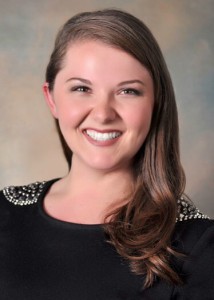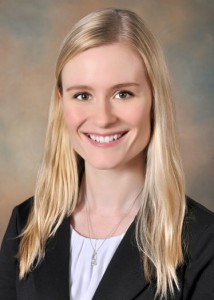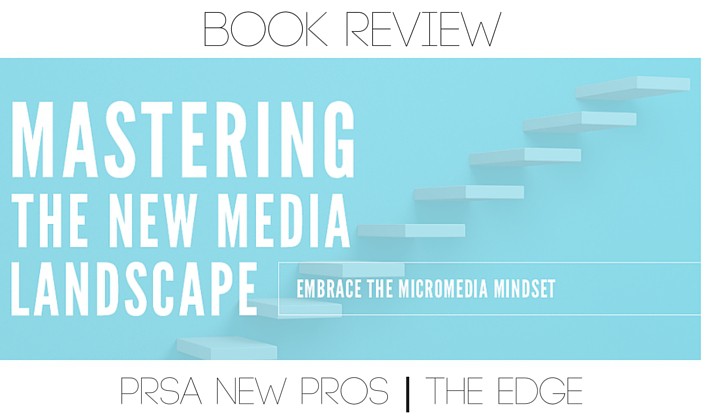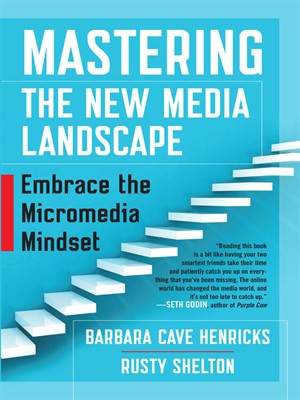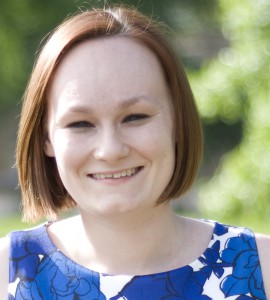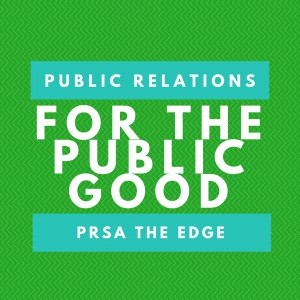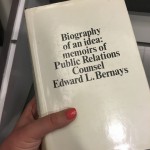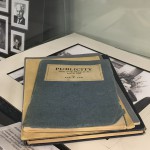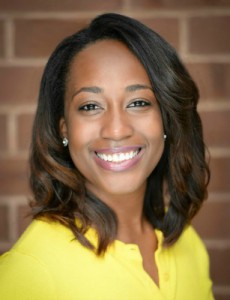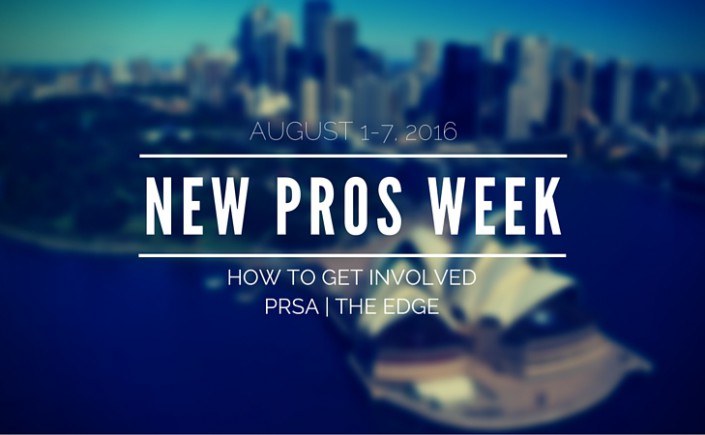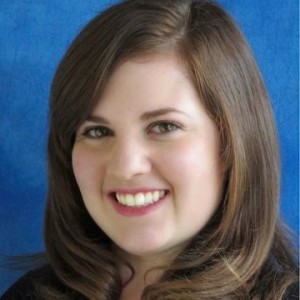There are plenty of things you could be doing right now besides reading this blog. Working out, binge watching House of Cards, or going to a happy hour with friends. Those are things new professionals in your local PRSA chapter could also be doing. Wouldn’t you rather have them attend PR events you host?
What can we do to make our events as valuable as possible in our efforts to create positive, professional engagement? Make no mistake, we are the future faces of PR in our communities – it’s important to build relationships with each other now and grow professionally. Engaging our local new pros is a great way to facilitate that. PRSA-NCC, the Washington, D.C. chapter, has a few tips for growing attendance at your new pros events:
1) Secure sponsors. Your members are a valuable audience. We encourage you to take advantage of that. Many companies are eager to strategically partner on events where their audience will be in attendance. We recently hosted our second annual “Headshots and Happy Hour” at Microsoft’s Innovation and Policy Center in D.C. Microsoft sponsored the space, as well as our food and beverage. The space came equipped with touch screens of Bing Maps, interactive displays and the latest Microsoft technology. Also, if you have a photographer in your chapter, approach him or her about taking the headshots at a reduced rate. Headshots are normally very expensive, so this is a great way for new pros to update their LinkedIn profile photos to be more professional. And, they can mingle with some new people at the same time.
2) Host events in the evening. It’s difficult for many new professionals to get away from the office during the day. Our networking happy hours typically run from 5:30 to 7:30 p.m. That way, people who get off work early won’t have too much time to kill before the event and people who get off a little later know they can still make most of it.
3) Take advantage of your city. We host a Washington Nationals baseball game networking event each year. Tickets are inexpensive and it gives people a chance to mingle in a more informal, relaxed setting. It’s often quite expensive to rent pre-game networking space from the ballpark, so just pick a designated location where your group can meet to network before the game starts.
4) Be strategic about venues. A lot of restaurants are more than willing to be accommodating. They may offer free, designated space for your group to mingle. They often have happy hour prices on drinks and appetizers, and even more inexpensive platter options. For professional development events, ask around in the chapter for whose office might have a space large enough to host your group. Maybe they’d even be willing to sponsor appetizers and beverages so you can keep the registration cost low for members.
5) Offer professional development events for a variety of audiences. Our most popular professional development event focused on personal branding—obviously a topic that appeals to new professionals looking to position themselves for career growth. It’s also appealing to more seasoned PR professionals looking to either hire for their organizations or move on to other positions. Offering topics that bring professionals from many levels together is a great way to facilitate networking among professionals representing different career stages.
Thank you for skipping House of Cards to read this blog. What strategies have worked well for engaging new pros in your chapter? We’d love to hear and share them!
Katelynn Wiggins is co-chair of the PRSA-NCC New Professionals committee and assistant director of staff initiatives at the American Psychological Association.
Kelsey Pospisil is co-chair of the PRSA-NCC New Professionals committee and client engagement & media relations manager at News Generation, Inc.


